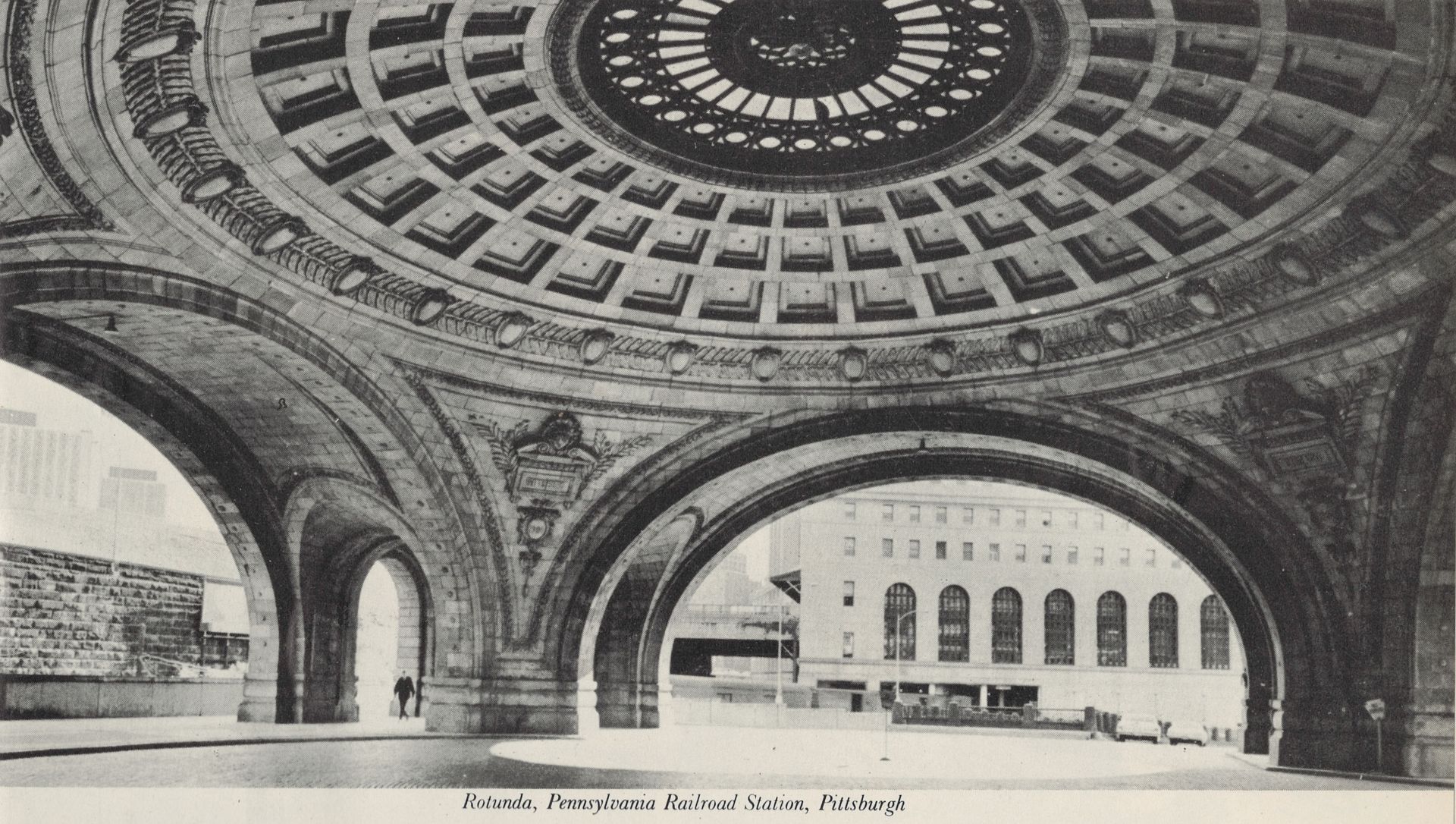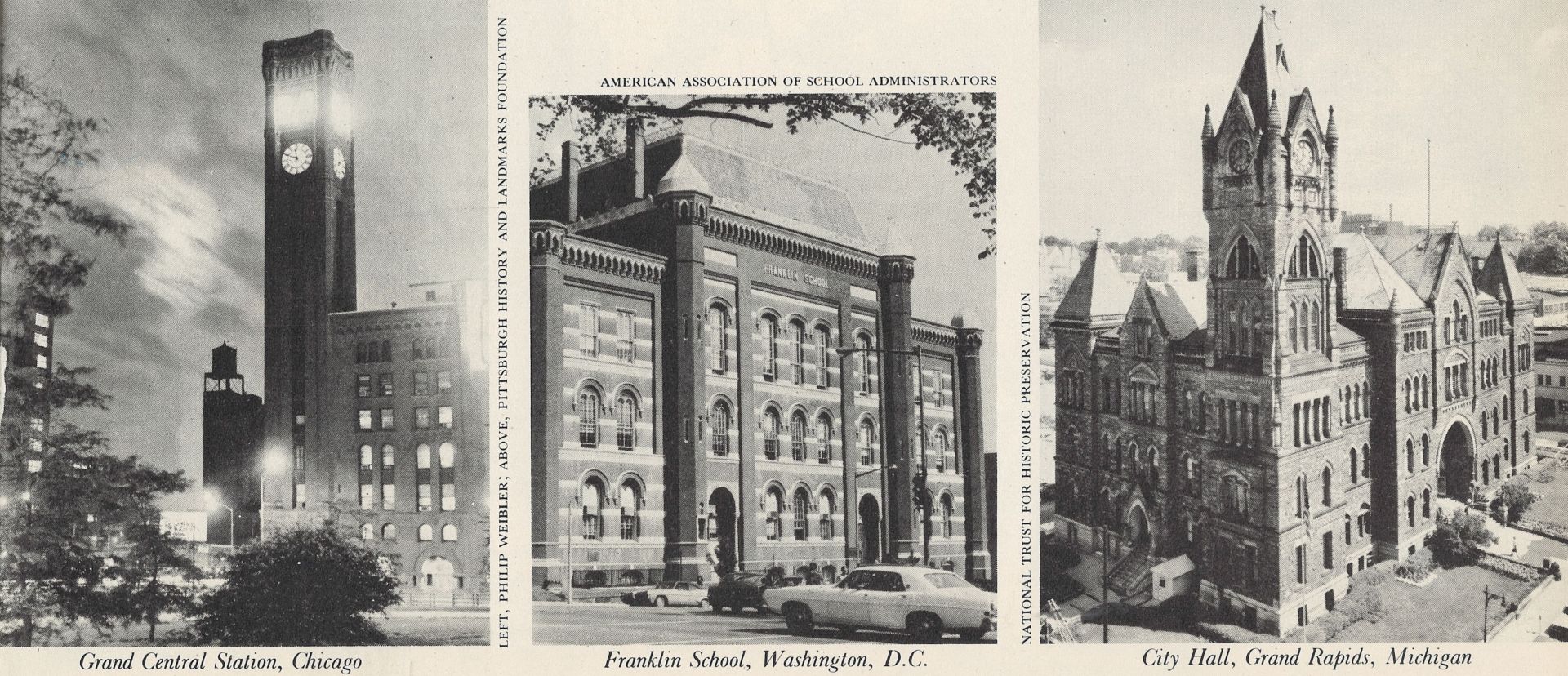Authors:
Historic Era:
Historic Theme:
Subject:
February 1970 | Volume 21, Issue 2


Authors:
Historic Era:
Historic Theme:
Subject:
February 1970 | Volume 21, Issue 2
There are places on this earth, in Europe particularly, where conservation is taken to mean the preservation of the notable works of man as well as nature. Magnificent old railroad stations and churches, public buildings, historic houses, architectural landmarks of all kinds, are valued for their beauty or for the memories they evoke, for the sense of continuity they give a place, or, often, just because they have been around a long time and a great many people are fond of them. But here in America we don’t — most of us, anyway — seem to feel that way.

We have, apparently, a traditional, perhaps congenital, passion for forever destroying and building anew. A hundred years ago in Harper’s Weekly one observer described New York as “a series of experiments, and every thing which has lived its life and played its part is held to be dead, and is buried, and over it grows a new world.”
Now that spirit has been institutionalized officially: we call it urban renewal. There may come a time, of course, when a different view prevails. There are even hopeful signs. In Lexington, Kentucky, a number of people have placed themselves in front of bulldozers in order to stop the demolition of several blocks of fine old houses. In Baltimore, the old B&O station is functioning splendidly as an art school. In Washington, Congress has at long last decided to do something about preserving the Frederick Douglass mansion. In the meantime, however, the wrecker’s ball swings in every city in the land, and memorable edifices of all kinds are coming down at a steady clip.

Listed here, for example, is a current wrecker’s dozen, thirteen doomed American landmarks. Seven of them are pictured here, and all of them at this writing are scheduled to be transformed into rubble.
Chicago: The old Grand Central Station and clock tower, completed in 1890 and long considered one of the finest buildings of its kind in the country.
Denver: The Emmanuel-Sherith-Israel Synagogue, built in 1876. It is one of the oldest synagogues in the West and one of several handsome structures to be torn down as part of a 169-acre urban renewal project.
Destrehan, Louisiana: The Destrehan Manor House, dating from the latter part of the eighteenth century and one of the oldest remaining plantation houses in Louisiana.
Grand Rapids, Michigan: City Hall, a superb example of stone Victorian Gothic and one of the few remaining Grand Rapids buildings with any character.
Hudson, New York: The General Worth Hotel, built in 1837 and a prime specimen of Greek Revival architecture in America.The Hill (also in Hudson), built in 1796 by Henry Livingston, Revolutionary soldier and Supreme Court justice. This historic mansion overlooking the Hudson River is modelled after a Palladian villa.